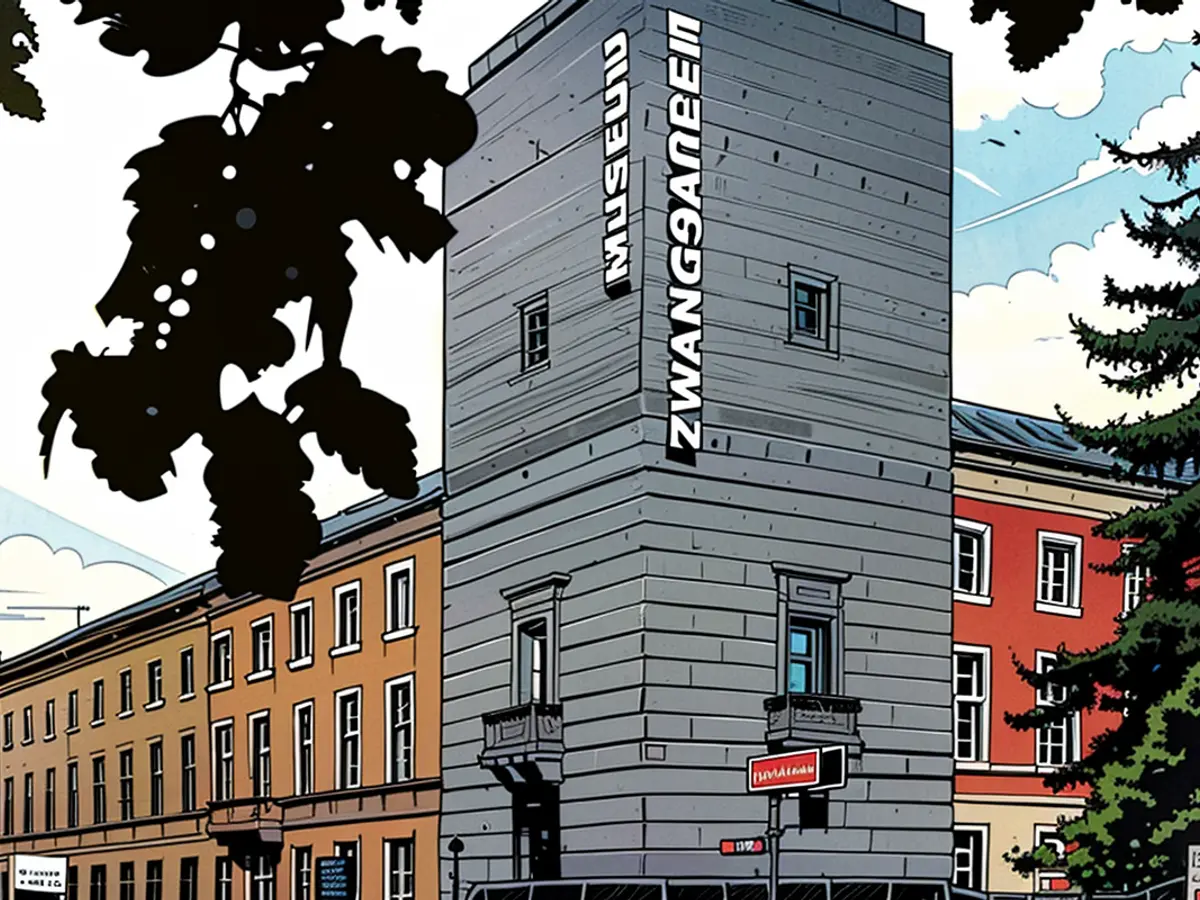- 5,500 visitors to the new Weimar Museum of Forced Labour
The team at the new Weimar Museum sees the opening of the house since May as a success. "We are quite satisfied, especially considering that we started just after the summer holidays," said Dorothee Schlüter, who is also responsible for public relations at the house.
By the end of July, 5,500 visitors had come. This number is expected to rise more clearly, with many group tours for students and student groups already announced. "It's really picking up now," she said.
A place for one's own fate
The museum, carried by the Buchenwald Memorial Foundation and Mittelbau-Dora, has several unique features that also attract international guests, reported Schlüter. "The international response has been really good, we've already had groups of students from Norway and France, as well as international individual visitors."
Guests have also come from Czech Republic and Poland, as it was from these areas that the Nazis transported people to be exploited as cheap labor in the German Reich.
Victims of forced labor and their relatives have also visited the museum. They were moved to find a central place that tells their stories and shows that they are not alone with their fate.
Many have also offered the museum original documents from the time, said Schlüter. "They are of course important. We can't directly include them in the exhibition, but they can find their way into the large archive of the memorial."
Museum in the "culprit's place"
The location of the museum also generates interest: it is housed in the so-called Gauforum. Such monumental buildings were to be erected by the Nazis throughout the German Reich - but only in Weimar were they almost completed.
The building in the city center was to be the seat of Gauleiter Fritz Sauckel, who was appointed "General Plenipotentiary for Labor Deployment" in 1942. Under his direction, millions of people were transported for forced labor.
Particularity of the museum's claim
While forced labor plays a role in various historical institutions, only a few facilities in Germany deal with the topic alone. Apart from Weimar, the Documentation Center NS-Forced Labor in Berlin is one of them.
The Weimar house deals with forced labor in its entirety, said Schlüter. "Our exhibition begins in 1933 to make it clear that forced labor in National Socialism was not just a side effect of the war, but was planned from the beginning."
It is estimated that between 20 and 26 million people had to perform forced labor during World War II in the occupied territories and in the German Reich. Women and children were also affected. The German industry, but also smaller businesses and private households benefited from the cheap labor. "Forced labor was ubiquitous, it was the most public mass crime in National Socialism," said Schlüter. The processing and compensation for this crime have been long overdue and are still not complete.
The Weimar Museum's international appeal is evident with visits from groups of students from Norway and France, among others.This tragic history of forced labor during World War II has resonated with Norwegian students, showcasing the global reach of this important issue.








